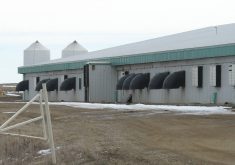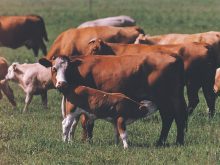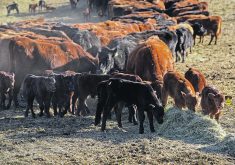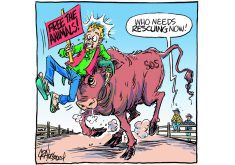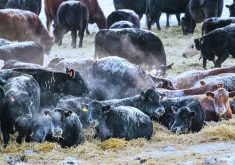Introducing a different breed of bull into your herd makes economic sense because of a principle called heterosis.
Also known as hybrid vigour, it is the added performance you can expect from a calf that has parents of different breeds.
To illustrate heterosis, consider this example. An Angus cow, which typically weans 495 pound calves when bred to an Angus bull, is bred to a Hereford bull that throws 505 lb. calves. It would seem logical that the crossbred calf would weigh the average of the two at 500 lb., but that is not the case.
Read Also
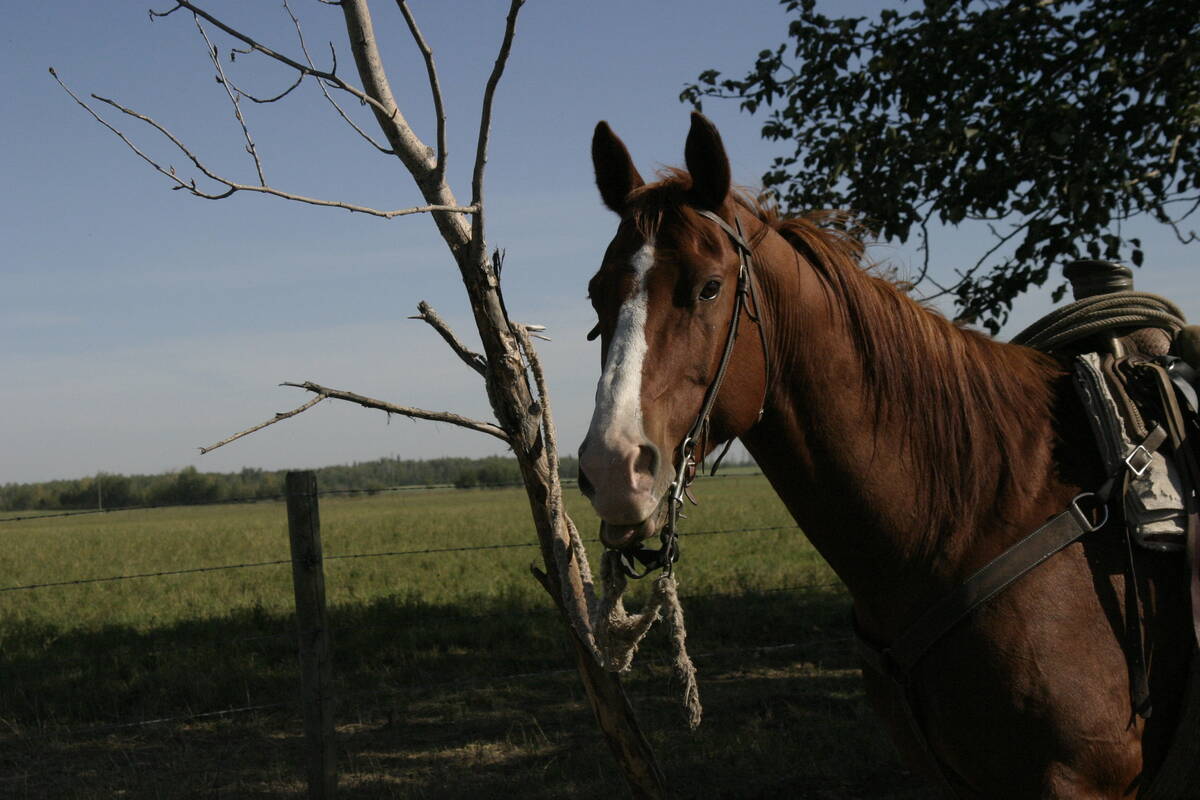
Horses challenged when asked to be weekend warriors
Horses are creatures of consistency. Their bodies and nervous systems are designed for steady, rhythmic movement, low-intensity grazing and regular social interaction.
Heterosis boosts weaning weight by five percent so the calf would likely weigh 525 lb. at weaning. This added gain is attributed to individual heterosis, the difference between crossbred and straight-bred calves.
The average heterosis for most production traits ranges from five to 10 percent. Reproductive traits offer an average heterosis of 10 to 15 percent while carcass traits have a low heterosis of less than five percent. Even if the improvements are small, they are a bonus because they happen naturally and require no work beyond extra feed costs.
Heterosis occurs only when the cow and bull are genetically different. When two bloodlines within a breed are crossed, there is little heterosis. In the same vein, a calf produced from an Angus crossed with a Hereford will have less heterosis than a calf from an Angus bred to a Brahma.
There is also maternal heterosis, which is the added performance obtained by using a crossbred cow. Besides producing a heavier calf, crossbred cows also stay in the herd longer than purebreds so their lifetime return is higher. The combined effect of individual and maternal heterosis is significant. In one study, weaned calves were 23 percent heavier than their straight-bred cousins.
Combining two or more breeds also takes advantage of breed complementarity. Strong points of one breed can be used to compensate for another’s weak attributes.
For example, producers who select their cattle for better carcass weight and cutability will also be selecting for increased birth weight, more calving difficulty and less marbling. These deficiencies can be overcome by introducing individuals with complementary traits into the breeding protocol.
There are many ways to implement such a program. One method is to use a rotational crossbreeding system.
For example, a purebred Angus cow is first bred to a Hereford bull. The daughters produced by this union are mated to another breed, such as a Charolais. Heifers from this cross are then bred back to an Angus bull and the pattern is repeated.
Unfortunately, managing even this simple crossbreeding rotation can become cumbersome, especially for small producers.
An easier approach is to introduce a different purebred bull, or even a crossbred bull, every one or two years to the herd. The bulls must be different breeds than the base cow herd.
Alternatively, some commercial producers buy crossbred females and mate them to a terminal sire of a different breed to produce calves that have heterosis. This is a simple approach because the females are replaced when required by purchasing cows of the same cross.
As a result, the bull breed does not need to be constantly changed. This breeding program results in calves that wean about 25 percent heavier than straight-bred calves.



